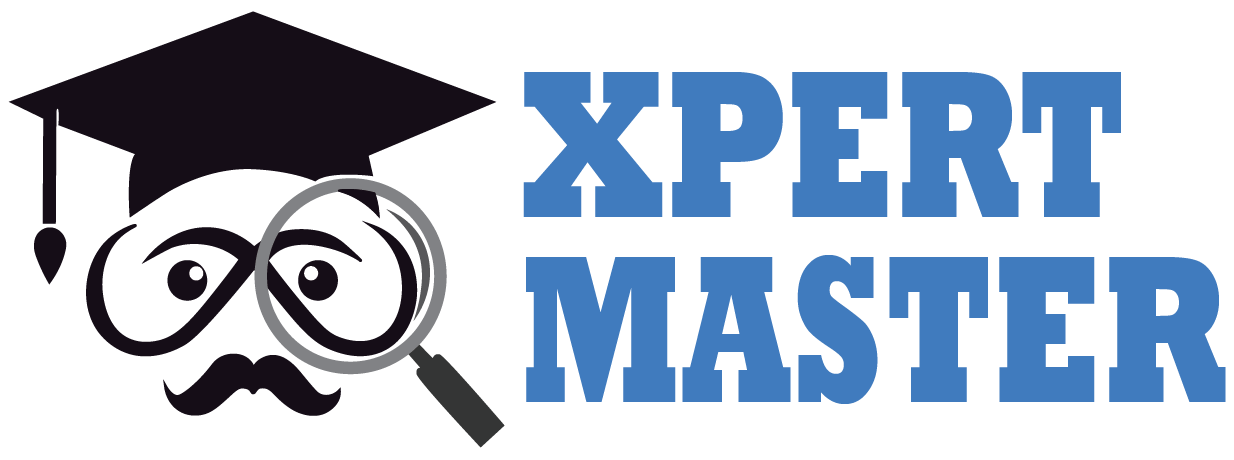Mastering Integrity: Proven Strategies to Combat Plagiarism in Professional Writing
Combating Plagiarism in Professional Writing: A Guide for Writers
Plagiarism poses a serious threat to the credibility of professional writing. It undermines an author’s integrity and casts doubt on the reliability of their work. At its core, plagiarism involves using someone else’s words or ideas without giving proper credit to the original source. This could mean copying text verbatim, borrowing ideas without acknowledgment, or even passing off someone else’s entire work as one’s own. Addressing plagiarism is essential for maintaining trust and professionalism in writing.
Understanding Proper Attribution
The first step in combating plagiarism is understanding the importance of proper attribution. Writers must ensure their work is original and give due credit whenever they reference or use ideas from other sources. Proper attribution involves correctly citing sources using the appropriate style guide, whether it’s APA, MLA, Chicago, or another standard. In cases where content requires permission to use, securing that permission is a vital step in respecting intellectual property rights.
Effective Strategies to Avoid Plagiarism
Preventing plagiarism requires a proactive approach. Here are some key strategies to maintain originality in professional writing:
- Master Citation Styles
Familiarizing yourself with commonly used citation formats is essential. Whether you’re adding in-text citations or creating a reference list, accuracy is key. Writers must also use quotation marks when directly quoting a source to indicate that the words are not their own. - Organize Your Research
Keeping track of all the sources you consult during research is crucial. This includes both primary and secondary materials, even those not directly cited in your final work. Using a citation management tool or maintaining a detailed research log can help ensure that all sources are accounted for. - Learn Proper Paraphrasing and Summarizing
Paraphrasing isn’t just about swapping out a few words; it requires restating the original content in your own voice while preserving its meaning. Summarizing, on the other hand, involves condensing the main ideas into a shorter form without distorting the intent of the original source. Both skills require careful attention to detail and a thorough understanding of the material. - Leverage Plagiarism Detection Tools
Plagiarism detection software can be a helpful resource for identifying unoriginal content. Tools like these compare your work against a vast database of texts to highlight any areas that may require revision. However, while useful, they are not perfect and should be used alongside other preventive measures.
Why Preventing Plagiarism Matters
Plagiarism doesn’t just harm the individual writer; it also diminishes the overall credibility of the profession. By taking deliberate steps to avoid it, writers can produce work that is not only original but also upholds the ethical standards of their field. Professional writing demands honesty, and respecting the intellectual contributions of others is a cornerstone of that integrity.
Conclusion
Maintaining originality in professional writing is a shared responsibility that begins with understanding the principles of proper attribution. By mastering citation practices, organizing research effectively, paraphrasing thoughtfully, and using detection tools as a safeguard, writers can produce authentic and credible work. Upholding these standards not only protects a writer’s reputation but also strengthens the trust placed in professional content as a whole.
How Much Turnitin Plagiarism Is Accepted for Publishing a Book?
Introduction:
When it comes to publishing a […]
How to Submit Your Thesis Without Plagiarism: Our Turnitin Report Service in India
Introduction
Writing a thesis is one of […]
Why Turnitin Plagiarism Check is Essential for International Research Collaboration
Introduction
International research collaborations are becoming increasingly […]
How to Improve Your Turnitin Report Score for Research Papers in India
Introduction
For students and researchers in India, […]
The Role of Turnitin in Academic Research and Publication in India
Introduction
Academic research and publication are central […]
Is Your Thesis Plagiarism-Free? How Turnitin Reports Can Help Indian Students
Introduction
Writing a thesis is a monumental […]


